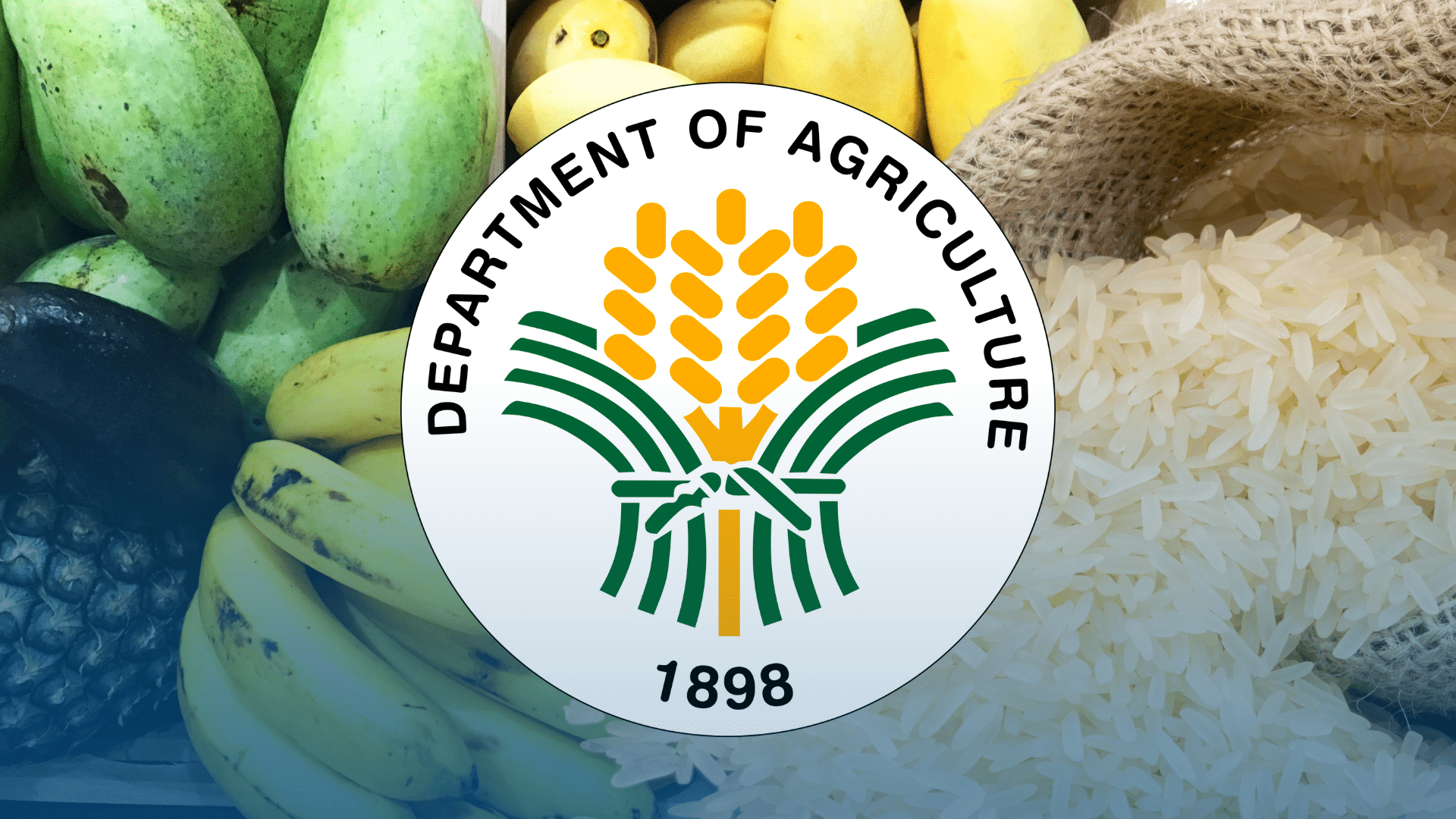
SEVERAL decades ago, a Filipino writer by the name of Ismael V. Mallari wrote an essay entitled "Pliant Like a Bamboo" to pay tribute to the Filipino people's resilience. The essay used a story in Philippine folklore, about a sturdy mango tree and a pliant bamboo, to describe how Filipinos have withstood tragedies.
Feeling strong and sturdy because its roots are deeply embedded in the soil, the mango tree boasts that it can weather the strongest of storms while ridiculing the bamboo that it has no chance of surviving the howling winds. The following day, however, the mango tree has fallen but the bamboo survives.
Mallari attributed the bamboo's resilience to its being pliant in nature. Instead of resisting the lashing wind, the bamboo bent in the direction where it blew. In contrast, the mango resisted the force of nature and eventually succumbed.
The Filipino people are like the bamboo, Mallari declared. Though appearing weak, Filipinos are resilient enough to have withstood centuries of successive and oppressive colonial rulers. In the end, the Filipino nation rose from the sufferings of generations of Filipinos.
Today, the bamboo is now being heralded as a possible instrument in combating climate change. Studies show that this plant is capable of absorbing carbon emissions at a rate of 1.5 percent for every million hectares. It can absorb carbon 10 times more than a fir tree and 15 times more than a pine tree.
It can help purify water and hold soil together to prevent landslides and serious erosion because of its widespread roots. Moreover, it can be grown without massive labor inputs to ensure successful farming and can be harvested starting the fifth or seventh year, depending on the variety planted, up to a hundred years.
Bamboo is thus an ideal plant to make our denuded forest areas green again. It is estimated that out of the 30 million hectares of forest lands in the country, only around 7 million hectares are not denuded.
Besides its ecological benefits, bamboo can be used in the manufacturing of slats, boards, veneers, panels and strand lumber that are used as substitutes for steel and cement — materials that contribute to global warming. It can be made into columns and trusses, floor systems, and beams and ceilings. Finished products like doors, decking, stairs, moldings and floorings can also be made of bamboo. In addition, bamboo waste products can be converted into energy.
The current global export market is over $8 billion a year, with the expectation that demand for these materials, because of their eco-friendliness, will increase as building construction experiences an upswing due to the combined effects of population growth and economic progress in developing countries.
China has been characteristically quiet about the huge potential of bamboo as a construction material as it dominates the global export market and recognizes the tremendous economic opportunities. It has hardly shared knowledge on research that it is undertaking on varietal improvement and the appropriate varieties that should be grown in various agro-climatic settings. There is nothing to fret about, however, because China's behavior just makes good business sense.
Fortunately, there are firms in the Philippines like Rizome and Kapwa Agroforestry Corp. that are promoting bamboo farming on mountainous and denuded areas in the country. There are more interested parties considering the significant financial and ecological returns that bamboo plantations can generate and the support extended by the Department of Trade and Industry for the development of the bamboo industry.
An initial 424,000 hectares is being targeted for bamboo farming. Rizome claims that it can develop 4 million hectares if the proper support from the government and investors is obtained. Four million hectares planted to bamboo can remove around 6 percent of carbon in the global atmosphere. The ability of bamboo and Rizome to reduce global carbon emission has been recognized by Elon Musk's $100-million carbon removal project. Rizome has been nominated as one of the recipients of this prestigious award.
But for the bamboo industry to realize its full development potentials, it is indispensable that problems along its entire value chain be addressed. This means examining and responding to the gamut of challenges confronting bamboo production, processing and marketing.
China has been quietly doing this. It has significant investments in varietal research improvement. It has produced the necessary machines to process bamboo into various forms that can be sold to the world market. It sells bamboo products all over the world, including the Philippines, where our leading construction material warehouses resell them.
The foremost bottleneck starts at the production level and there are two of them that I can see. One is whether we are producing and cultivating the right varieties for planting in targeted areas with varying agro-climatic characteristics. There will be a need to establish bamboo nurseries in strategic areas. The other, meanwhile, is to secure the land for bamboo plantations to ensure a steady supply of raw materials for processing by bamboo manufacturers.
The first is a function most appropriately done by research institutions. The UP Los Baños, the foremost agricultural and forestry university in the country, can take the lead on this. It should even establish an international institute on bamboo to conduct varietal improvement and other related research. Such an institute will benefit not only the Philippines but also neighboring Asean countries that have the agro-climatic conditions favorable for bamboo farming.
This project is worth the support of the Department of Agriculture, the Department of Environment and Natural Resources, the National Commission on Indigenous Peoples and the University of the Philippines.
Bamboo can help alleviate the adverse impacts of climate change, restore our denuded forest lands, and prevent soil erosion and landslides. Bamboo farming also has economic potential as it can provide sustainable livelihood opportunities for rural workers and generate foreign exchange revenues for the country.
All the above results hew very closely to our development goals. The problem now is to convince our policymakers to devote more attention and the necessary resources for this clear agricultural commodity winner.
fdadriano88@gmail.com
Read The Rest at :







